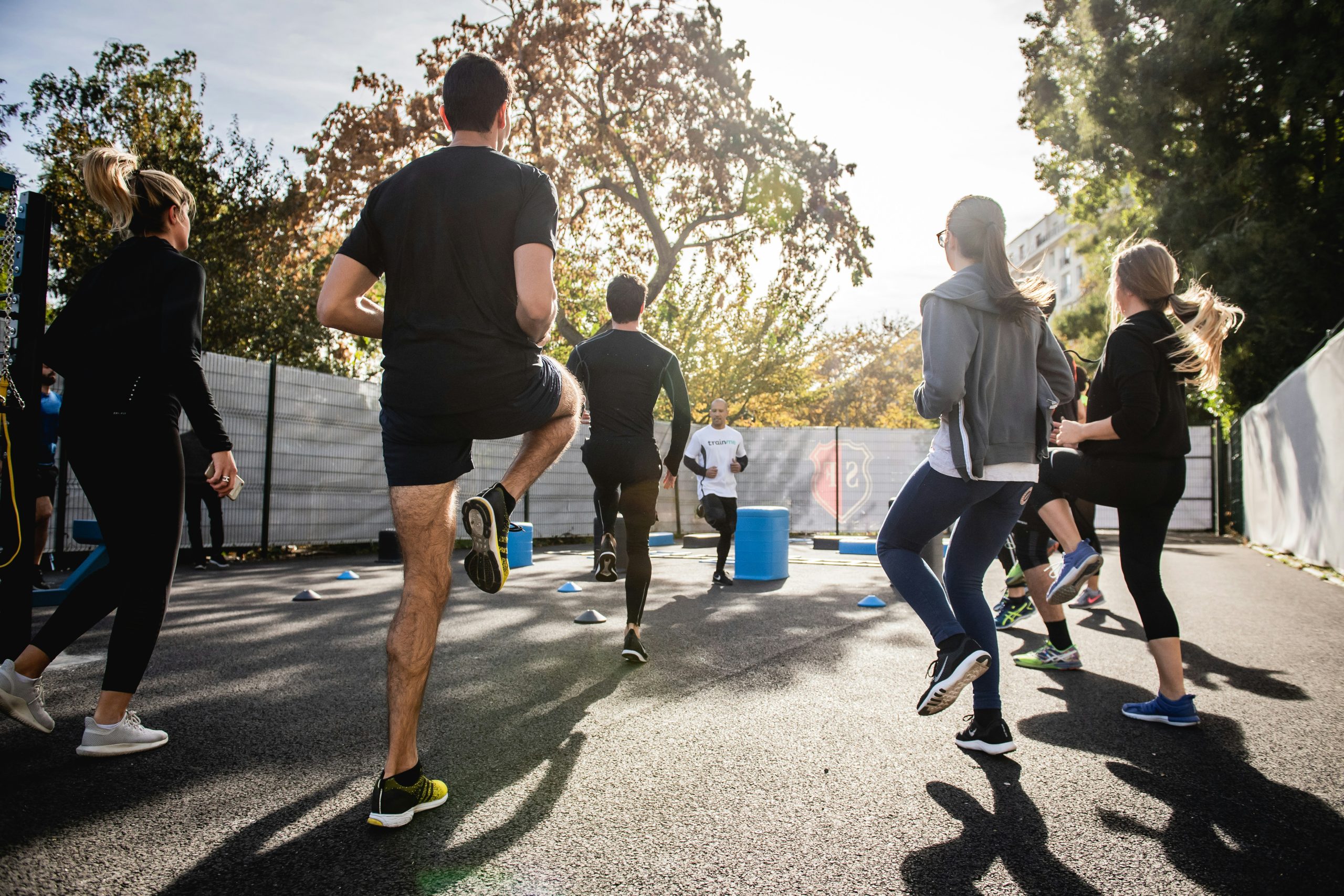
Community Engagement through Athletic Programs
Introduction
Athletic programs play a crucial role in fostering community engagement by bringing people together through sports, promoting physical activity, and building a sense of belonging. These programs not only contribute to individual health and fitness but also strengthen social bonds and community spirit.
Benefits of Athletic Programs for Community Engagement
Athletic programs offer a range of benefits that extend beyond the field or court:
- Health Promotion: Regular physical activity reduces the risk of chronic diseases and promotes overall well-being.
- Social Cohesion: Participation in sports encourages teamwork, communication, and mutual respect among community members.
- Community Pride: Successful athletic programs instill pride and unity within neighborhoods and towns.
- Youth Development: Engaging youth in sports helps develop leadership skills, discipline, and a sense of responsibility.
- Economic Impact: Sporting events and programs can boost local economies through tourism and increased business activity.
Examples of Successful Community Engagement
Many communities have successfully utilized athletic programs to strengthen community engagement:
“In our town, the annual community soccer league brings together people of all ages and backgrounds. It’s not just about the games; it’s about building relationships and supporting each other.” – Local Resident
For instance, the Chicago Park District offers various sports leagues and events throughout the year, attracting participants from diverse neighborhoods and creating a sense of unity through sports.
Case Studies
1. Urban Youth Boxing Program
In Philadelphia, a youth boxing program called Rocky’s Youth Boxing Club has transformed the lives of many inner-city youth. By providing a safe space to learn boxing skills, the program teaches discipline, respect, and resilience while keeping kids off the streets.
2. High School Football Team in Small-Town America
In Smalltown, USA, the local high school football team not only competes on the field but also serves as a rallying point for the entire community. Home games bring together families, local businesses sponsor events, and alumni return to support the team, creating a vibrant community spirit.
Challenges and Solutions
Despite the benefits, community athletic programs face challenges such as funding constraints, lack of facilities, and declining participation rates. Addressing these challenges requires:
- Collaboration: Partnerships between local governments, businesses, and nonprofits can pool resources for better facilities and programs.
- Outreach: Promoting programs effectively to attract diverse participation from all segments of the community.
- Sustainability: Long-term funding strategies and volunteer engagement are crucial for the continuity of athletic programs.
Conclusion
Community engagement through athletic programs not only promotes physical health but also builds strong, connected communities. By investing in sports, communities invest in their future, fostering a sense of pride, unity, and well-being among residents.



